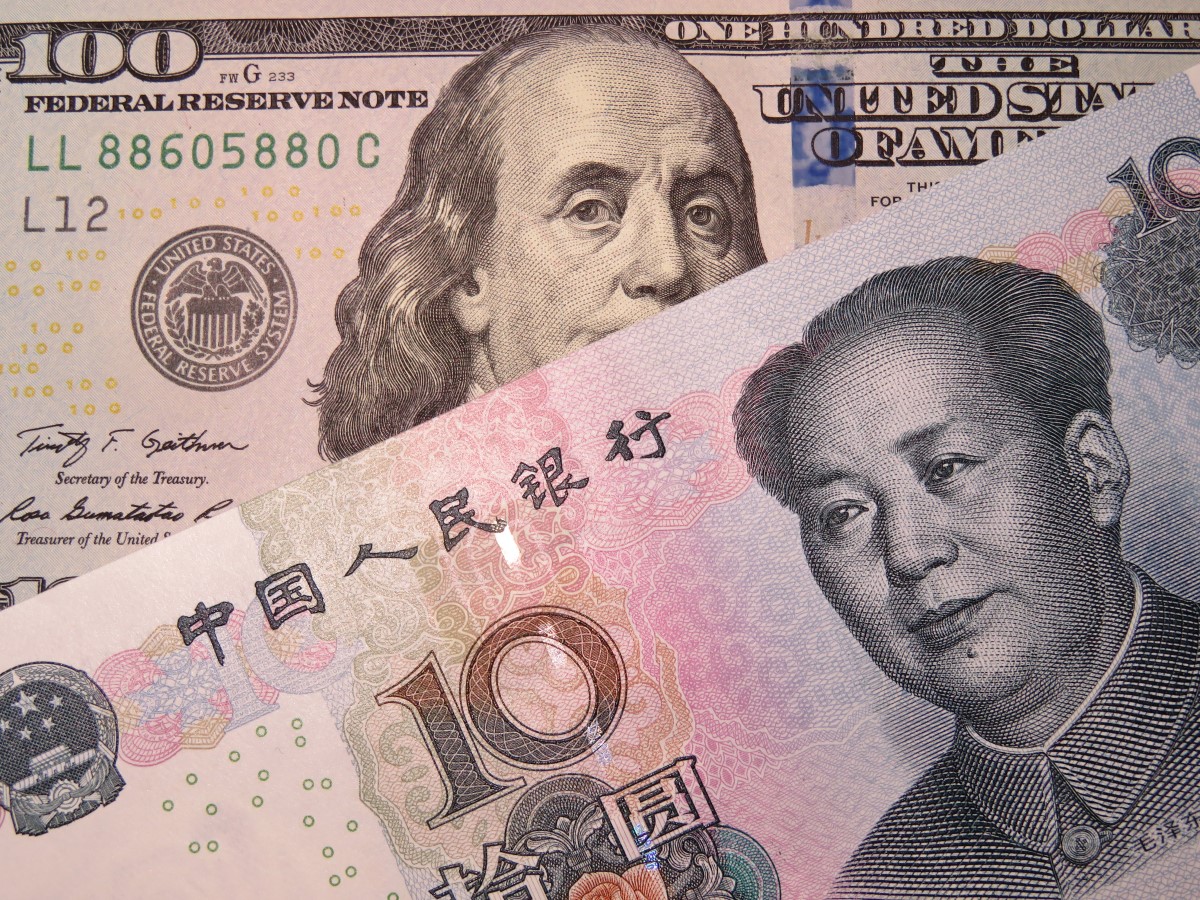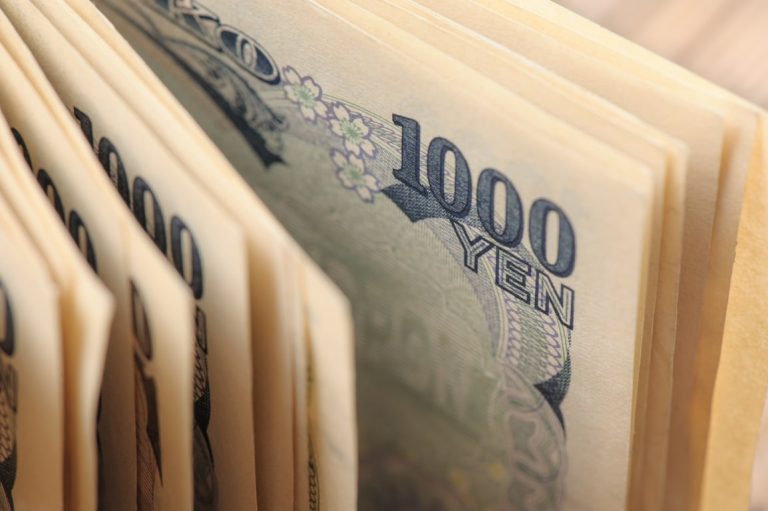The Japanese Yen emerged as the worst performing major currency today in the fast-paced world of currency trading. This development is unexpected, especially in light of the general risk-averse sentiment in the market. The yen even lagged behind the struggling Australian dollar. This article examines the factors contributing to the yen's underperformance and explores the dynamics that traders should be aware of in the coming days.
Yen vs. Dollar and Euro: lackluster performance
While other currencies benefit from strong economic data and less pessimistic central bank comments, the yen stands out for its lack of country-specific news. The absence of positive developments has led traders to realize the opportunity cost of holding a currency with zero current yields. Expectations for interest rate hikes by the Bank of Japan (BOJ) in the first half of the year were negatively impacted by the New Year's Day earthquakes, prompting a reassessment of expectations.
Traders are now dealing with the Bank of Japan's assertion that an imminent rate hike is unlikely. This position underscores the need for additional stimulus as Japan rebuilds post-disaster. The lack of economic data for Japan until the Bank of Japan meeting on January 23 has shifted focus to Intermarket and technical analysis as the main drivers of near-term Yen crosses.
Yen conversion and earthquake effect
The aftermath of the New Year's Day earthquakes has dramatically changed the landscape for Lin. The Bank of Japan's expectations for interest rate increases have diminished, contributing to the yen's weak performance. As traders grapple with the potential need for further stimulus in the Japanese economy, the yen's status as a zero current yield currency becomes a major concern. Investors and currency enthusiasts are closely monitoring any signs of recovery or changes in sentiment that may affect yen conversion rates.

USD/JPY and EUR/JPY: recovery story and challenges
Focusing on specific currency pairs, USD/JPY has posed a particular challenge for the Japanese yen in 2024. The pair has seen limited declines, gaining more than 700 pips (5%+) since the New Year's Eve close. . Although the USD/JPY pair has recovered most of the sell-off seen in November and December, it faces a potential hurdle at the 78.6% Fibonacci retracement level of the pullback at 149.40 before it can retest its 33-year high at 152.00.
The EUR/JPY pair reflects the resilience seen in the USD/JPY pair, as it has been rising consistently since the beginning of the year. After breaking out of the sideways consolidation pattern, the EUR/JPY pair found support at 158.60 and continues its upward trajectory. Investors tracking the dynamics of the Yen/Euro exchange rate should be aware of potential resistance at 162.00 (78.6% Fibonacci retracement level) and 164.25 (15-year high).
Navigating the yen's path forward
As the yen grapples with the effects of the New Year's Day earthquakes and the changing landscape of the Bank of Japan's forecasts, traders must navigate an evolving market. The lack of imminent interest rate increases and the absence of economic data for Japan underscore the importance of Intermarket and technical analysis. For those involved in yen-to-dollar or yen-to-euro transactions, a deep understanding of these dynamics is vital. The yen exchange rate is at a crossroads, presenting challenges and opportunities for traders in the coming days.

